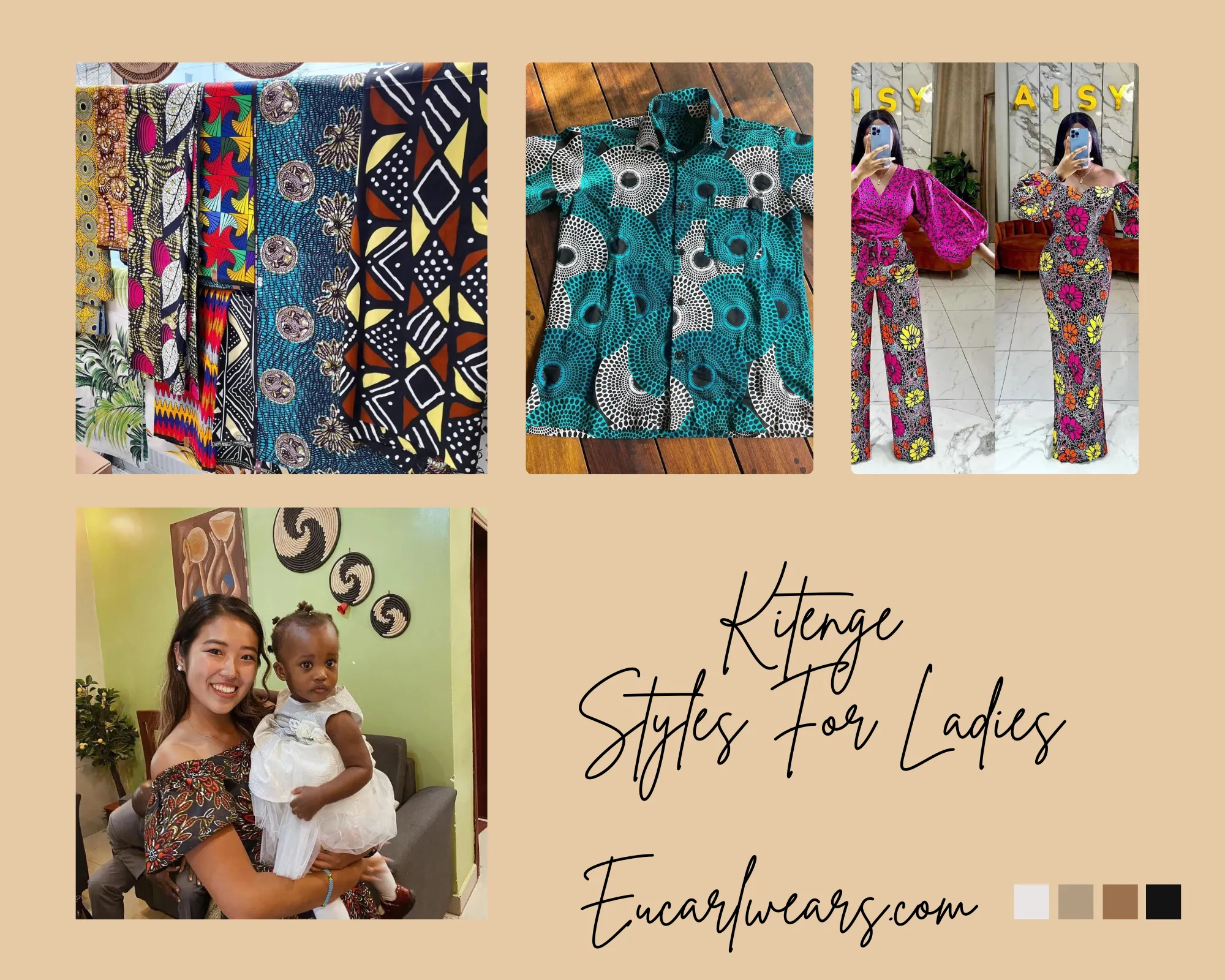Fashion Guide
How to Avoid Wardrobe Malfunction
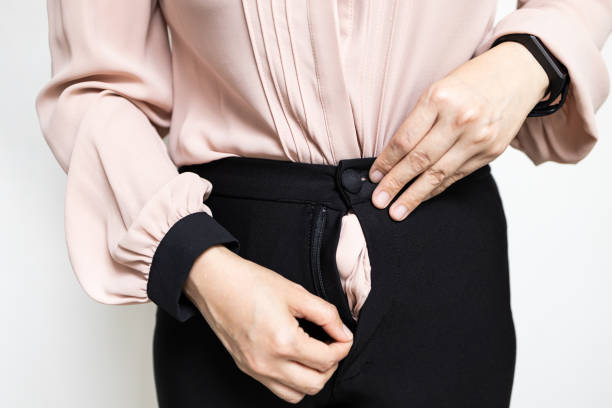
Accidents happen and they’re totally normal; we’ve all been in similar situations sometimes about dressing. Knowing how to avoid wardrobe malfunction may be your saving grace in such occasions. Having a wardrobe malfunction can have you cracking under pressure. Your hands may have become sweaty, your breath faster, and you may become pretty nervous. The tension gets worse when you’re in front of a huge crowd.
Wardrobe malfunctions can be embarrassing, inconvenient, and they can potentially get in the way of your confidence. Whether it’s a strapless dress slipping down, a blouse revealing more than intended, or a skirt with an unexpected tear, these mishaps can happen to anyone. That’s why it’s necessary to take preventive measures and avoid wardrobe failures altogether. And even when they happen, it’s ideal to tackle them in the best way possible.
In this article, we will explore how malfunctions in your dressing may occur and provide practical tips to help you maintain a worry-free wardrobe. From choosing the right clothing to quick fixes on the go, we’ll cover everything you need to know to ensure that your outfits stay in place and keep you looking your best. Say goodbye to wardrobe malfunctions and hello to a more secure and confident style!
What is a Wardrobe Malfunction?
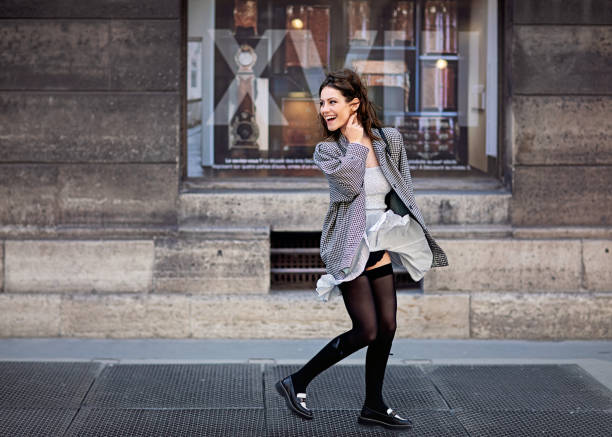
Wardrobe malfunctions mean different things to different people. It entails any irregularities that cause your outfit to feel uncomfortable, inappropriate, or not to the standards of a particular event. Any instance where your clothing fails to function as intended, resulting in an exposed or ill-fitting appearance can be regarded as a wardrobe malfunction.
These clothing issues are often unintentional and embarrassing and can happen to anyone (male or female), including celebrities, athletes, or everyday individuals. They can also occur in various settings from public events to everyday activities.
Common Types of Wardrobe Malfunctions
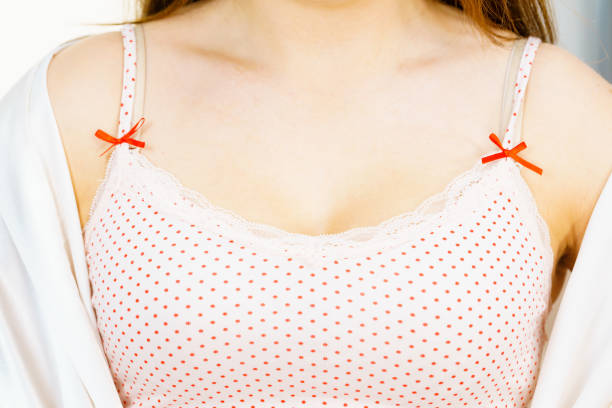
Just as the meaning of wardrobe malfunction varies to different people, how they happen is also different. And while we can’t point out all the ways that wardrobe malfunctions occur, you can easily fit in whether you’ve had one from the definition above.
These mishaps may come in the form of your clothes slipping, tearing, becoming see-through, revealing undergarments, or exposing more skin than desired. Here are some of the key instances where wardrobe malfunctions have commonly occurred.
- Shoulder straps of tops or dresses that keep sliding down, exposing more skin than intended.
- Clothes made from sheer or transparent fabrics that become see-through under certain lighting conditions, showing undergarments or skin.
- Rips or tears in clothes, especially at seams or stress points, leading to a compromised appearance.
- Excessively plunging necklines, revealing more cleavage than intended.
- Stuck, broken, or open zippers, causing clothing to become loose or unfastened.
- Skirts or dresses with high slits that reveal more skin than expected, especially when movement is involved.
- Fray or uneven hems, causing the clothes to look untidy.
- Strapless dresses or tops that keep slipping down and fail to stay in place, risking exposure.
- Bra straps that peek out or become visible unintentionally.
- Visible underwear lines that detract the overall aesthetic of the dress.
- Bra straps that break out and cause the boobs to become uneven or even visible
- Wind blowing up your dress and sometimes as far up as your tummy
- Wearing different shades of black that don’t match, cheapening the entire look.
- Failing to properly button up an outfit, causing both sides to be unaligned.
- Wire poking out of your bra, making you feel uncomfortable as you’d be tugging at it.
- Not getting the dress code right at a friend’s wedding, birthday, or similar events, making you look unprepared.
- Not dressing appropriately for the formality of an event, and coming either underdressed or overdressed. The former feels worse though
- Shirt that keeps bunching and you always have to pull it down so it doesn’t look undersized.
- Socks that lose their sockiness and slide down into your shoes.
- The inevitable tear around the crotch area after squatting.
Factors Contributing to Wardrobe Malfunctions

Wardrobe malfunctions can occur due to the following:
- Clothing Fit Issues or Incorrect Sizing: Ill-fitting clothing including too-tight or too-loose clothes. Or even wearing clothing that is either too small or too large for your body.
- Inadequate Fastenings: Weak or faulty fastenings like buttons, hooks, or snaps.
- Poor Clothing Construction: These may be weak seams or fragile materials that are more prone to tears, splits, or other mishaps.
- Fabric Transparency: Transparent or sheer fabrics that lack proper lining or opacity.
- Sudden Movements or Activities: That involve vigorous movement, dancing, or bending in slightly restrictive clothing.
- External Factors: Wind, humidity, or temperature changes can impact the stability of clothing.
- Improper or Inappropriate Undergarments: This can affect the overall fit and function of clothing.
- Lack of Proper Maintenance: Not inspecting and maintaining clothes regularly can lead to weakened fabric and loose threads.
How to Avoid Wardrobe Malfunction
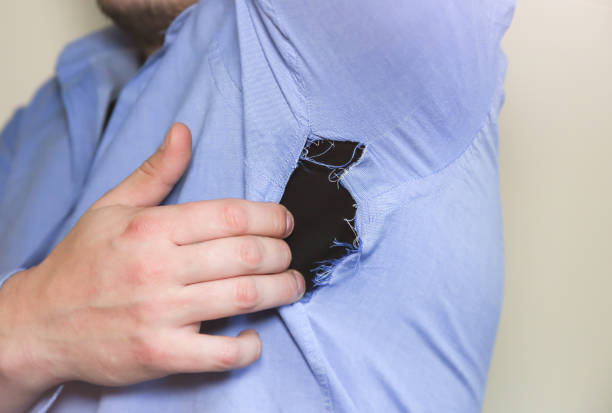
Just like the quote – “Once bitten twice shy“, you may not even wear the same dress again or you may be extra careful on day 2 after the mishap. Here are some tips on how to prevent, avoid and manage wardrobe malfunctions:
How to Shop for Clothes: Preparing Your Wardrobe
- Assess your clothing fit and sizing. Choose a fit that properly flatters your body shape by trying them on and paying attention to key measurements.
- Choose appropriate underwear to achieve a seamless look and comfortable fit.
- Check how the cloth was made and its quality by examining the seams and stitching.
- Consider factors such as comfort, breathability, and transparency, to ensure the fabric aligns with your preferences and intended use.
Techniques on How to Prevent Malfunctions
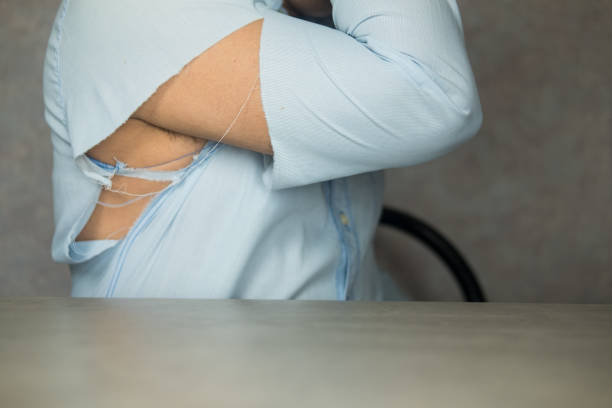
Now you’ve shopped for the right clothing, these clothing issues can still arise, and that is why preventing wardrobe malfunctions is very crucial. Here are some tips that can help:
- Carry a small sewing kit containing safety pins, tape, and a short threaded needle in your bag. You may end up finding the kit handy for yourself or other people with clothing issues as well.
- If you’re not carrying a bag that can fit in your kit, keep a few safety pins pinned to the hem of your clothes or your purse.
- When putting on a dress that can easily malfunction like backless dresses, strapless dresses, and wrap dresses, ensure you take some pins with you. A brooch can be functional too.
- Secure your clothes with proper fastenings. And even if the zipper bust, your threaded needle can help here
- Use double-sided tape and fabric adhesives to hold up clothes that keep falling or show too much skin
- Opt for clothing styles and cuts that minimize risks
- Adding layers to your outfits also provides security
- Be prepared for unforeseen situations by packing backup clothing options for special events
- Planning for weather-related problems
- Handle emergencies as quickly as possible so the malfunction doesn’t become too obvious
Tips for Avoiding Specific Wardrobe Malfunctions

When in front of an audience, for instance, if you’re at work or making a presentation, it would help to handle the situation professionally. You can do this by fixing your dress while still presenting or holding it for the remainder of the presentation.
How Rosé handled herself during what would have been an epic wardrobe fail at her solo of the Blackpink’s concert in Jakarta on 11th March 2023 was so professional. The strap of her backless dress had loosened from behind and she held it up immediately while someone on stage helped her fasten it back. During this, her voice didn’t fail, and neither did she stop singing.
Some wardrobe malfunctions may need to be handled on the go. Here’s how to navigate them:
- Avoiding strapless dress mishaps: Use adhesive tapes or silicone grips to keep the dress in place. You can also opt for dresses with built-in support and non-slip features.
- Preventing see-through clothing incidents: Choose clothes made from thicker or lined fabrics. Also, wear appropriate underwears that match the color and coverage needed for the outfit.
- Ensuring proper fit for bottoms and avoiding splits: Ensure your pants fit well, especially around the waist and hips, to prevent accidental splits when moving or sitting.
- Handling neckline issues and cleavage coverage: Use fashion tape or discreet pins to secure necklines in place, or layer with camisoles or bralettes for added coverage and comfort.
- Managing bra-related malfunctions: Select bras that properly fit and support your breasts. Some outfits require strapless or convertible bras while for some, bras with straps are equally functional.
Conclusion
Overall, maintaining and managing your wardrobe will help prevent wardrobe malfunctions. Regularly inspecting and repairing your clothes, handling and storing them properly, as well as knowing when to retire or replace worn-out clothes will help keep your closet in check.
Now tell us, what was the worst cloth issue you’ve had in public and how did you address it?













